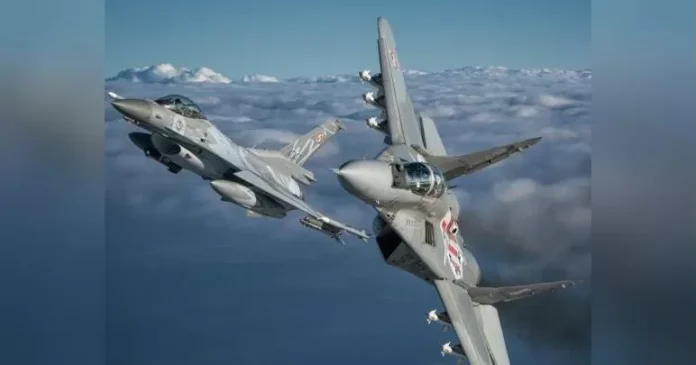Ensuring the Safety of Polish Airspace
Poland, a country located in the heart of Europe, is known for its rich history, beautiful landscapes, and vibrant culture. However, as a member of the European Union and NATO, Poland also plays a crucial role in ensuring the safety and security of its airspace. With the increasing number of air traffic and potential threats, the protection of Polish airspace has become a top priority for the government and aviation authorities.
The Polish Air Force, along with other security agencies, is responsible for safeguarding the country’s airspace. They work closely with the NATO Airborne Early Warning and Control Force, which monitors the airspace of Poland and its neighboring countries. Additionally, Poland has also implemented various measures and regulations to ensure the safety of its airspace.
One of the key initiatives taken by Poland to secure its airspace is the modernization of its air defense system. In recent years, the country has invested heavily in upgrading its military equipment and technology. This includes the acquisition of advanced fighter jets, such as the F-16 Fighting Falcon, and the installation of modern air defense systems, such as the Patriot missile defense system. These upgrades have significantly enhanced the country’s ability to detect and intercept any potential threats in its airspace.
Moreover, Poland has also implemented strict regulations for air traffic control and management. The Polish Air Navigation Services Agency (PANSA) is responsible for ensuring the safe and efficient flow of air traffic in the country’s airspace. They use advanced technologies, such as radar and satellite systems, to monitor and control air traffic. PANSA also works closely with neighboring countries to coordinate and manage air traffic in the region.
In addition to these measures, Poland also conducts regular training and exercises to prepare for any potential threats to its airspace. The Polish Air Force, along with other security agencies, conducts joint exercises with NATO forces to improve their response capabilities in case of any emergency. These exercises also help in identifying any weaknesses in the country’s defense system and addressing them promptly.
Furthermore, Poland has also established partnerships with other countries to enhance its air defense capabilities. In 2016, Poland signed a deal with the United States to deploy a missile defense system in the country. This system, known as the Aegis Ashore, is designed to protect against short and medium-range ballistic missiles. This partnership not only strengthens Poland’s air defense but also demonstrates the country’s commitment to NATO’s collective defense.
Apart from external threats, Poland also faces challenges from illegal activities, such as drug trafficking and smuggling, in its airspace. To combat these activities, the country has established a specialized unit within the Polish Border Guard, known as the Air Border Guard. This unit is responsible for patrolling the country’s airspace and preventing any illegal activities. They use helicopters, airplanes, and drones to monitor and intercept any suspicious aircraft.
In recent years, Poland has also taken steps to improve the safety of its civilian aviation sector. The country has implemented the European Aviation Safety Agency (EASA) regulations, which ensure the highest safety standards for air travel. Additionally, Poland has also invested in modernizing its airports and improving air traffic control systems to enhance the safety and efficiency of air travel.
In conclusion, the safety of Polish airspace is a top priority for the country’s government and aviation authorities. Through modernization, strict regulations, regular training, and partnerships with other countries, Poland has significantly improved its air defense capabilities. These efforts not only ensure the safety of its citizens but also contribute to the overall security of the region. As Poland continues to grow and develop, it will undoubtedly continue to prioritize the protection of its airspace.

